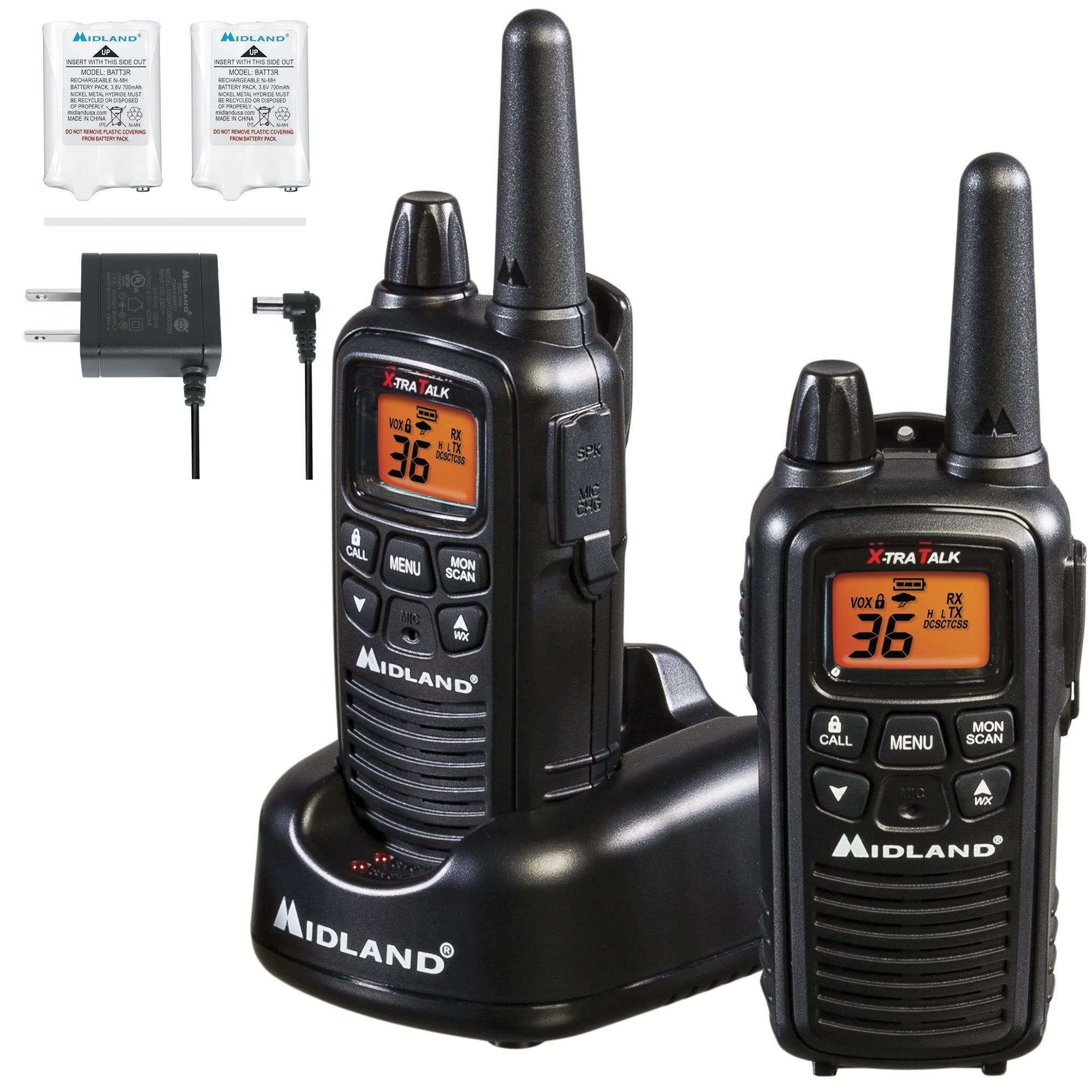In today's interconnected world, radio communication plays a crucial role in various industries, including military, emergency services, aviation, and telecommunications. However, ensuring the security of radio communication is of utmost importance to protect sensitive information from unauthorized access and potential threats. In this blog post, we will delve into advanced techniques and strategies to secure radio communication, providing you with the knowledge and tools to establish unbreakable connections.
- Encryption and Authentication:
One of the fundamental aspects of securing radio communication is the implementation of robust encryption and authentication mechanisms. Encryption algorithms, such as Advanced Encryption Standard (AES), ensure that the transmitted data is encoded and can only be deciphered by authorized recipients. Additionally, implementing strong authentication protocols, such as Public Key Infrastructure (PKI), guarantees that only trusted devices can access the communication network. - Frequency Hopping Spread Spectrum (FHSS):
To counteract eavesdropping and jamming attempts, employing Frequency Hopping Spread Spectrum (FHSS) technology is highly effective. FHSS involves rapidly switching between different frequencies during transmission, making it extremely difficult for unauthorized individuals to intercept or disrupt the communication. By utilizing FHSS, the radio communication system becomes more resilient against interception and ensures secure data transmission. - Physical Security Measures:
Securing radio communication extends beyond software and encryption. Physical security measures are equally important to protect the infrastructure and devices. Implementing access controls, surveillance systems, and secure storage facilities can prevent unauthorized access to radio equipment. Additionally, tamper-evident seals and regular inspections can help detect any tampering attempts and ensure the integrity of the communication system. - Continuous Monitoring and Threat Detection:
To maintain a secure radio communication environment, continuous monitoring and threat detection are essential. Implementing Intrusion Detection Systems (IDS) and Intrusion Prevention Systems (IPS) can help identify and mitigate potential threats in real-time. These systems analyze network traffic, detect anomalies, and take proactive measures to prevent unauthorized access or malicious activities. - Training and Awareness:
Even with the most advanced security measures in place, human error can still pose a significant risk to radio communication security. Therefore, providing comprehensive training and raising awareness among users is crucial. Educating personnel about potential threats, best practices, and proper handling of sensitive information can significantly reduce the likelihood of security breaches.
Conclusion:
Securing radio communication is a multifaceted task that requires a combination of advanced techniques, robust encryption, physical security measures, continuous monitoring, and user awareness. By implementing the strategies discussed in this article, organizations can establish unbreakable connections and protect sensitive information from unauthorized access. Embracing the evolving landscape of radio communication security ensures the integrity, confidentiality, and availability of critical communication networks.

